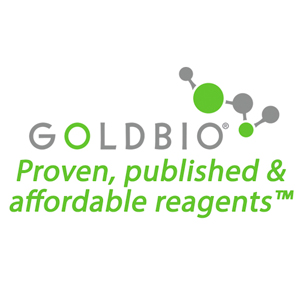Description
Cefsulodin is a third generation cephalosporin antibiotic used as a selective agent in isolation media such as Yersinia Selective Agar, Columbia Blood Agar, Salmonella Chromogenic Agar, and CIN Agar. It is mildly effective against gram-positive and gram-negative bacteria, but exhibits greater efficacy against Pseudomonas aeruginosa. In addition to its antimicrobial properties, cefsulodin is a substrate for the rat Oatp1a4 transporter.
Cephalosporins are a type of β-lactam antibiotic consisting of a four-membered β-lactam ring bound to a six-membered dihydrothiazine ring. This two-ring system causes distortion of the β-lactam amide bond, resulting in decreased resonance stabilization and increased reactivity. β-lactams inhibit the formation of peptidoglycan cross-links within bacterial cell walls by targeting penicillin-binding proteins or PBPs. Consequently, the bacterial cell wall becomes weak and cytolysis occurs. Cephalosporins are less susceptible to β-lactamases than the penicillin β-lactam antibiotics.
Antibiotics are often used in clinical in vitro tests known as antimicrobial susceptibility tests or ASTs to determine their efficacy against certain bacterial species. They are tested against gram-negative and gram-positive bacteria using panels, discs, and MIC strips by medical microbiologists. ASTs decrease the risk of using an antibiotic against bacteria exhibiting resistance to it, and the results are used in clinical settings to determine which antibiotic(s) to prescribe for various infections.
Product Specifications
Cefsulodin (SCE-129)
Cefomonil
Pseudocef
MOLECULAR BIOLOGY GRADE
Formula: C22H19N4O8S2Na
MW: 554.53 g/mol
Color/Purity:Off-white to slightly yellow crystalline powder
PubChem Chemical ID: 656644
Storage/Handling:Store desiccated at -20°C, and protect from light.


